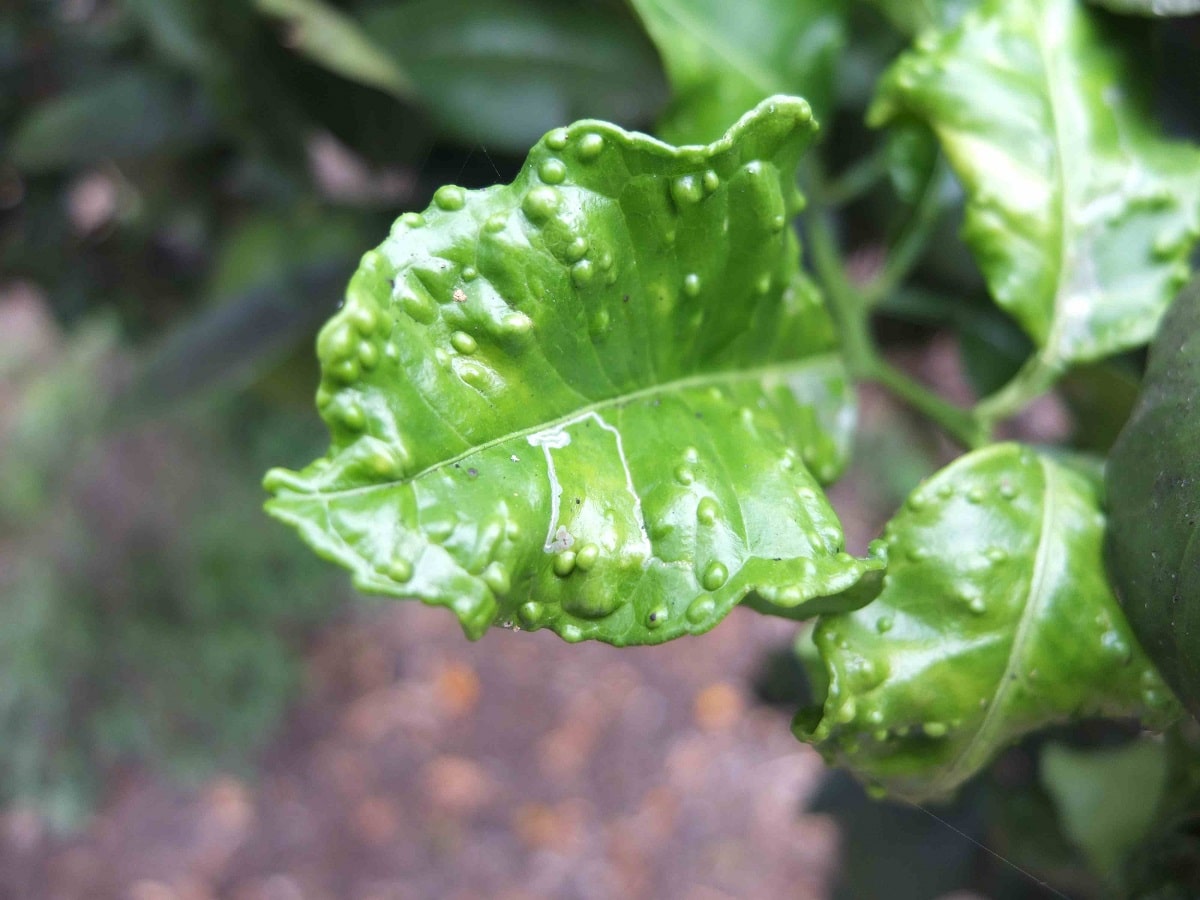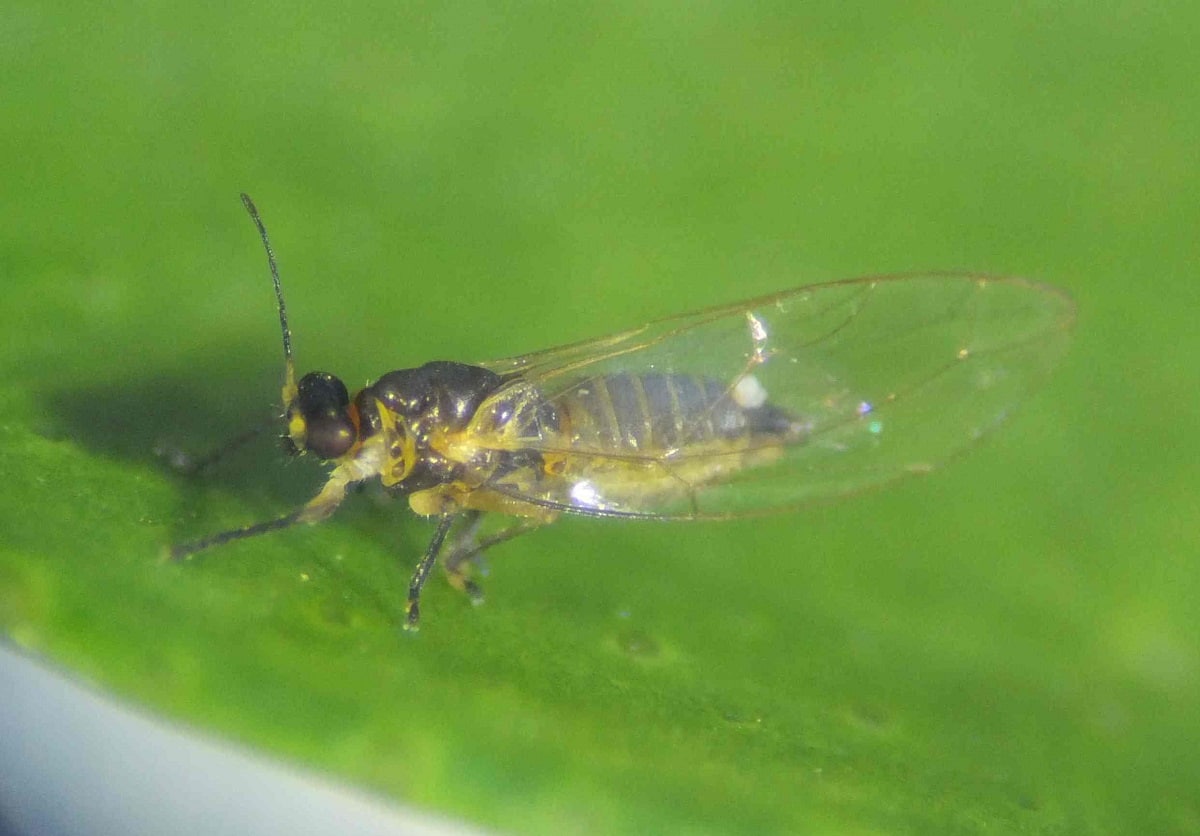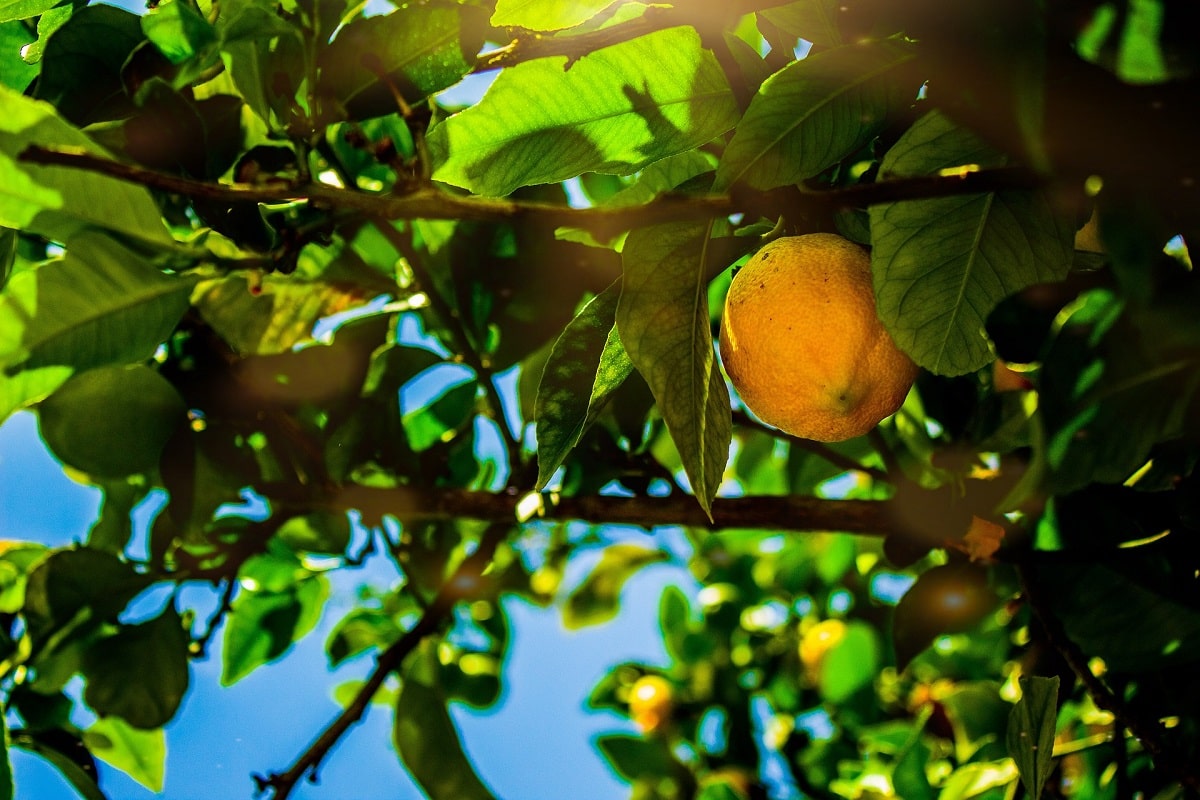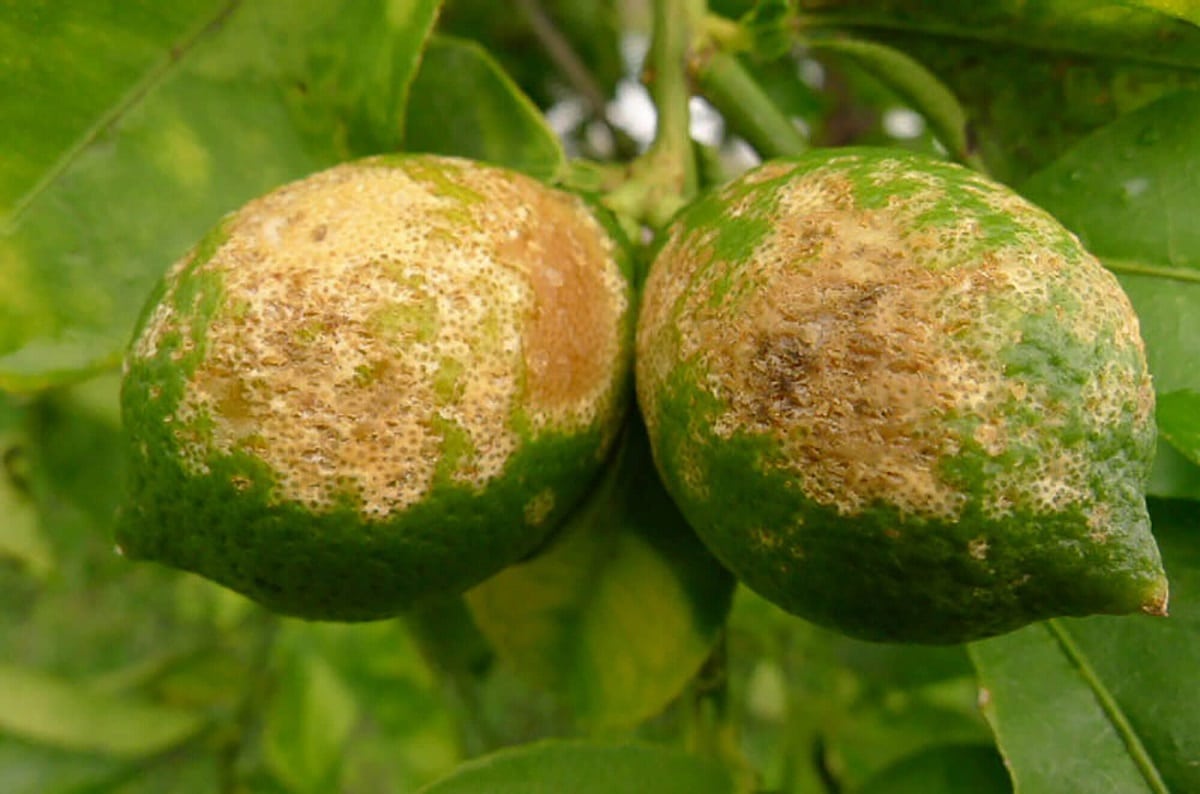
The African psylla pest has been devastating citrus crops since the early 2000s in the Canary Islands and the Atlantic coast of the Iberian Peninsula. It is a flying insect that can cause agglomeration of the leaves, hinder photosynthesis that reduces the yield of lemons, among other things. The African psylla treatment it is not at all easy.
In this article we are going to tell you everything you need to know about the plague and the treatment of the African psylla.
What is the African psylla

Its effect on citrus and ornamental shrubs is twofold:
- direct damage: Clumping of leaves, deformity, hindering or hindering the photosynthesis of citrus; reduce the yield of healthy lemon or fruit.
- indirect damage: Spread of citrus diseases: HLB (Huanglongbing) or greening, resulting in the death of trees.
The African psyllid is a flying insect of the order Hemiptera of the Psyllidae family, scientific name: Trioza erytreae. Since 2000 it has been classified as a mandatory quarantine pest by the European Union.
The continent of origin of this insect, Trioza erytreae, is Africa. From the sub-Saharan region, a continental extension that has no direct contact with the Mediterranean Sea. Madeira is the first place recognized to explain the introduction of the African psyllid in Europe. Its existence was discovered in 1994. In Spain, the known entry point of the African psylla was established in Valle Guerra (Tenerife) in 2002.
The expansion of this insect along the Atlantic coast explains its presence in Galicia during 2014, registering several cases in Pontevedra and A Coruña.
Measures against this plague

Among the measures that have been taken against this pest to prevent its spread, we have the following:
- Banned the sale of citrus in Galicia, among the measures adopted to stop the expansion of Trioza erytreae.
- Between 2014 and 2015, The Galician Charter prohibited the sale of citrus in nurseries and large plots of land.
- The European Union imposes a mandatory quarantine for this pest and in those years it is expected to last a minimum of 5 years.
- The Xunta de Galicia lifted the ban on the sale of citrus in 2020, although it has taken a series of measures to try to keep the trees healthy in the points of sale themselves.
Effects of the pest on citrus
Citriculture or citrus cultivation, has measured the impact of the African psyllid in its plantations, beginning with the first manifestations of the disease that it leaves behind.
For example, we will always refer to the state of Florida and all orange and citrus production in this region of the US, which has experienced a 74% reduction in production since the HLB disease was first detected in 2005.
If we take the example of the direct action of Trioza erytreae on lemon trees, we can understand its impact on citrus and ornamental shrubs (all Rutaceae species) that are associated with it and serve as hosts.
Psyllids lay their eggs on the leaves of lemon trees. They usually lay their eggs on the underside of citrus leaves in a light line that runs parallel to the veins. However, one characteristic that we can detect in humid climates is that psyllids spread their eggs all over the underside of leaves rather than aligning them parallel to the veins.
They are sucking insects that bite the dermis of the leaves and feed on the sap of citrus fruits and plants. The hatching of the eggs produces the nymphs of the insect, which gather and encase themselves in a protective capsule and begin to suck fresh sap from the leaves. These capsules are distinct warts or changes on the leaves.
All citrus trees infested with spawning African psylla lost the ability to photosynthesize due to deformities and substantial leaf loss in the canopy.
In addition, in a state of extreme weakness, the regrowth of new shoots requires extra effort, and year after year the degradation of the tree itself is observed, as exemplified by the loss of citrus production. Nevertheless, the direct effect of African psyllid on lemon trees is not believed to be responsible for irreparable death.
African psylla treatment

Thus, with a disease control calendar that focuses on preventive treatments, controlled pruning and good nutrition, it is possible for citrus fruits to go through the period of greatest psyllid activity.
We are facing one of the easiest plant pests to identify with the naked eye. Citrus leaves are full of warts and deformities, stunted growth, galls... In addition, you will be able to see how the leaves gradually lose their green color and turn yellow.
If all of us who have an orchard or fruit tree were clear about it, traps against velutinas are one of the best remedies against the African wasp in our gardens and planting spaces since its reproduction is very important. So we need to take a similar approach for psyllids in citrus orchards.
Yellow plastic sticky traps are an easy solution to minimize the behavior of any flying or jumping insects; from psyllids to citrus leafminers, through annoying aphids or whiteflies.
La chromatic trap is a treatment of the African psylla:
- 20×15cm 50 sheets.
- Suitable for psyllids, all kinds of flies and mosquitoes, and any insect that flies or jumps from one plant to another: aphids, leafminers...
- The adhesives withstand humidity and high temperatures.
Thanks to the colored traps you will be able to identify the pests that frequently occur in your crops and take preventive measures against them or resort to very topical and effective insecticidal treatments.
This simple practice is used and recommended in citrus groves around the world as it allows us to know the insects directly at any time, and capture specimens for analysis and verify that they are carriers of bacteria. As with any other plant protection product, any insecticide treatment against the African psyllid must be carried out in accordance with the manufacturer's instructions.
Another remedy is Aspid 50WP:
- Kills insects by contact and ingestion.
- Suitable for psyllids, leafminers, whiteflies, caterpillars, fruit flies...
- Follow the instructions for use provided by the manufacturer.
I hope that with this information you can learn more about the treatment of the African psylla and its characteristics.